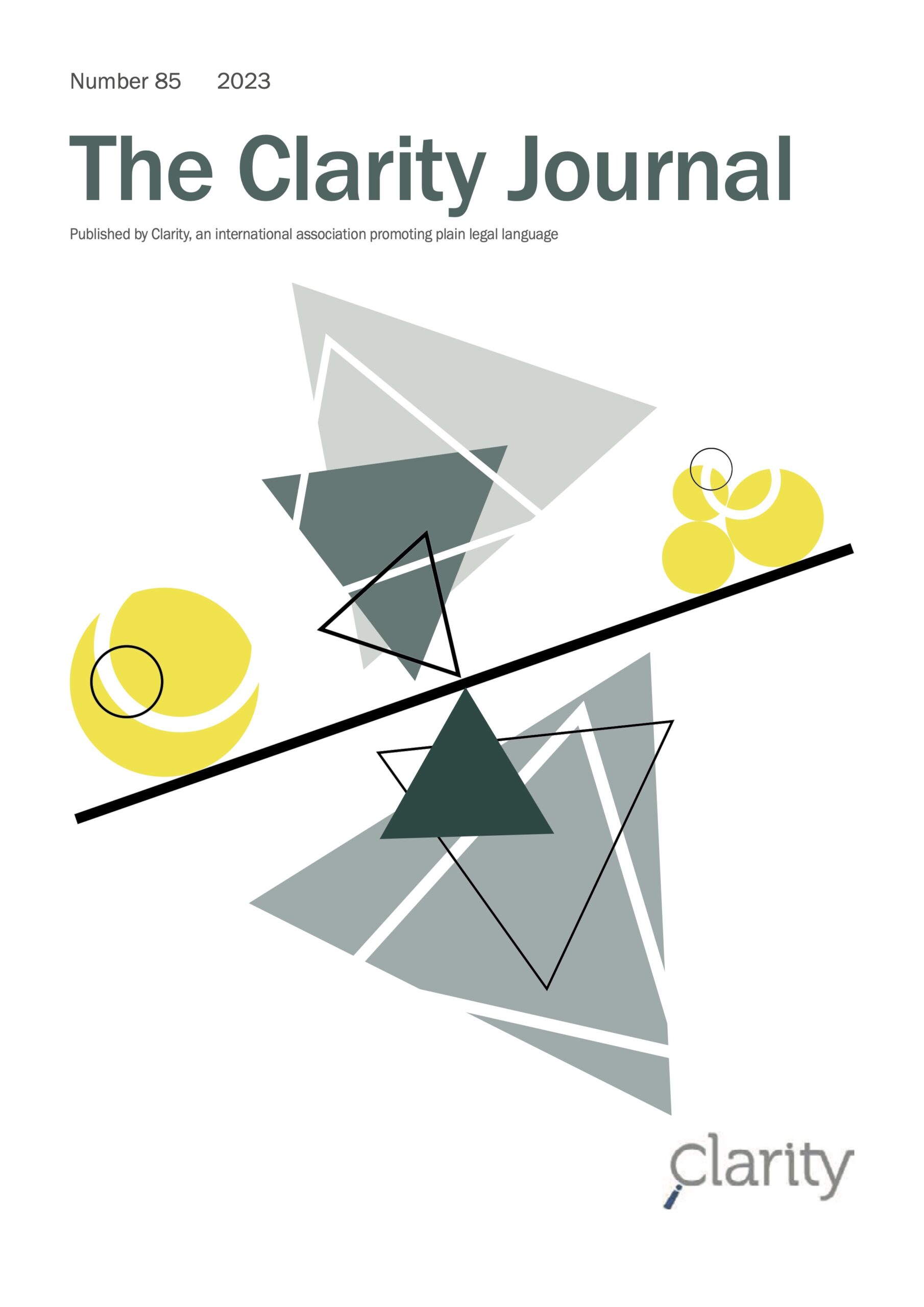Explaining ballot questions in plain language
When it comes to ballot questions, context is important. Voters bring different understandings of the questions—and different levels of civic literacy when they start to mark their ballot.
For the 2022 General Election, we worked with the League of Women Voters of California on their Easy Voter Guide. Through in-person intercept testing, we learned that plain language is about more than writing clearly. It’s also about making sure voters have the right context to understand what they are being asked.

Explaining ballot questions in plain language
Sean Isamu Johnson, (2023) The Clarity Journal, Number 85
Key findings
Our research found that plain language is not enough to ensure voters will understand a ballot question. If you write something in plain language that isn’t relevant to the question being asked, it’ll still be confusing.
There’s no legalese, the sentences are
Research participant
pretty short, and all the clauses are simple
and active. But as some participants kept reading,
we began to see furrowed eyebrows.
Through testing, we learned which context voters needed. The question on the ballot was about in-person sports betting in tribal casinos in California. Our final version shows how relevant context can help voters better understand the question they are being asked so that they can vote according to their intent.

About the research
This project was a partnership with the League of Women Voters of California.
CCD researchers Sean Isamu Johnson and Isabelle Yisak did in-person intercept testing in multiple locations around the Bay Area. In 2 days, they visited 8 locations and spoke with 36 people.

